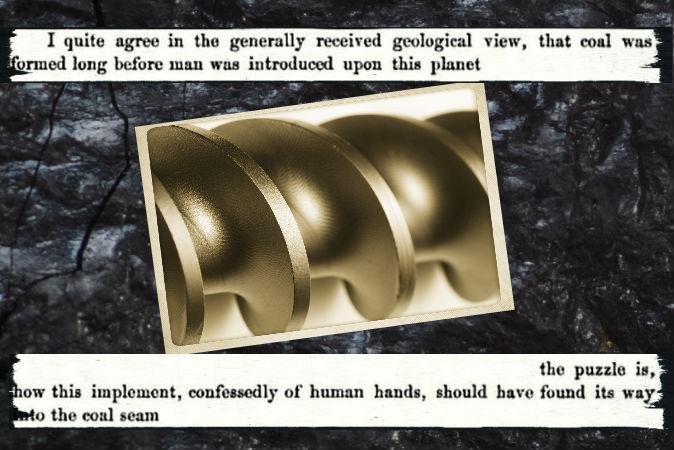Oopart (out of place artifact) is a term applied to dozens of prehistoric objects found in various places around the world that seem to show a level of technological advancement incongruous with the times in which they were made. Ooparts often frustrate conventional scientists, delight adventurous investigators open to alternative theories, and spark debate.
According to the conventional view of history, humans have only walked the Earth in our present form for some 200,000 years, with our ancestors’ history extending back perhaps 6 million years. The Earth’s coal is said to have formed hundreds of millions of years ago. That’s why the appearance of a man-made iron instrument resembling a drill bit in the heart of a large chunk of coal puzzled the historians who found it in the 19th century.
It appeared that a man-made tool as advanced as the tools used in the 19th century was deposited in the organic matter that formed the coal before it became coal. Was a civilization advanced enough to use drill bits present hundreds of millions of years ago as this coal was forming?





